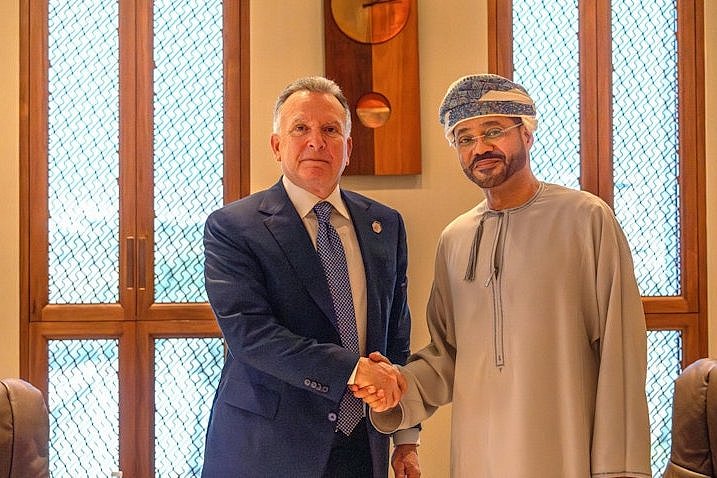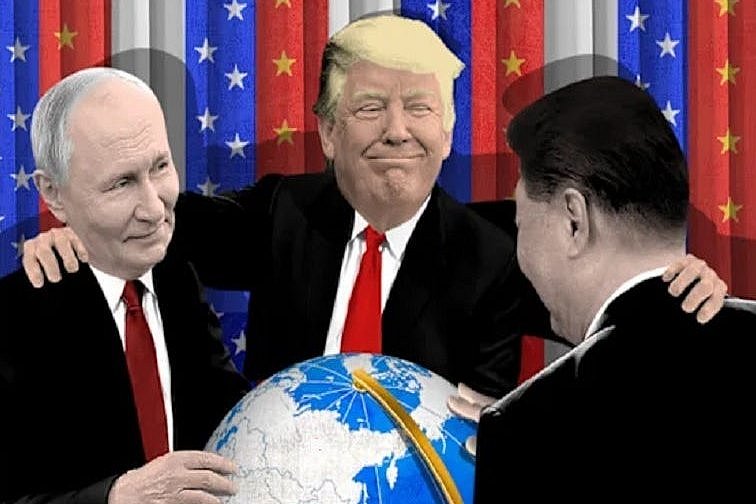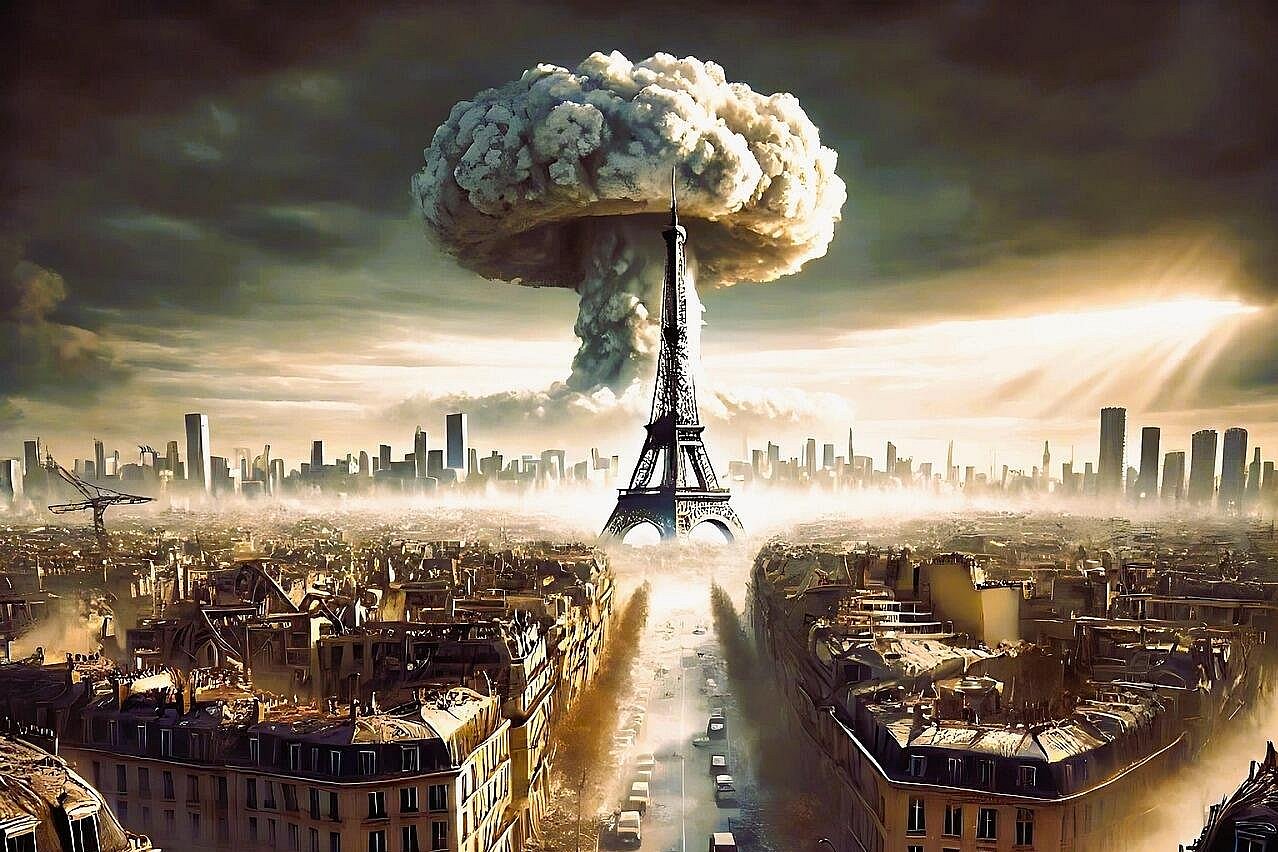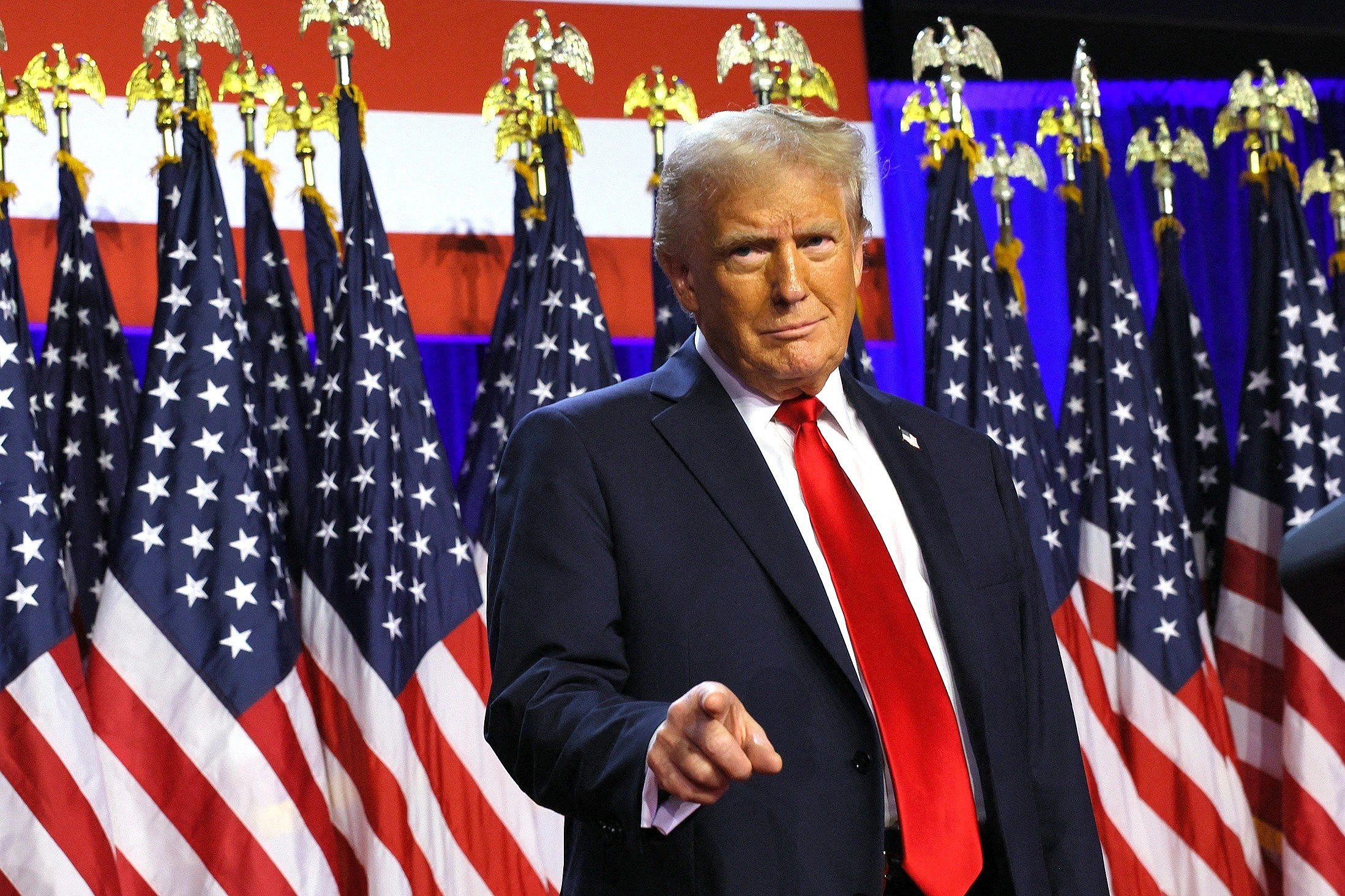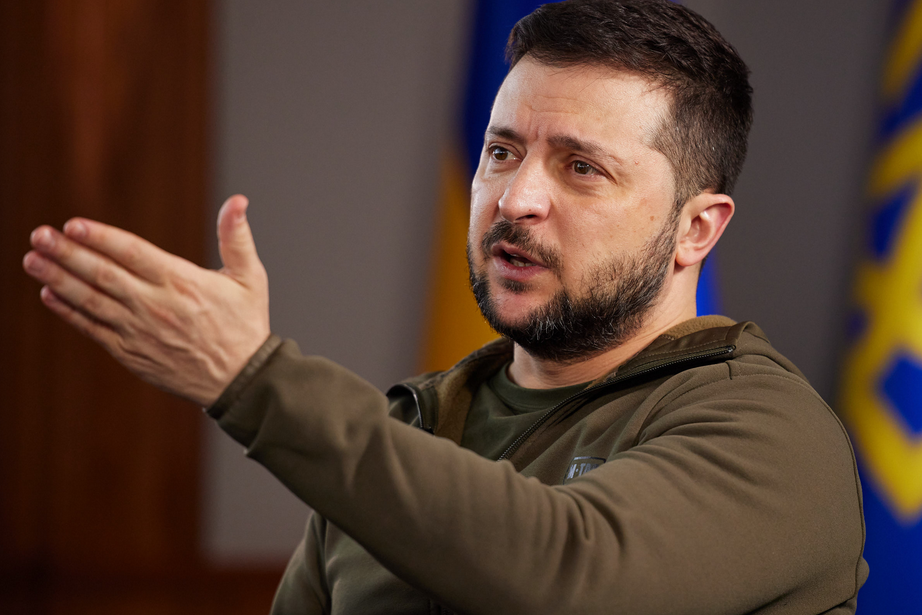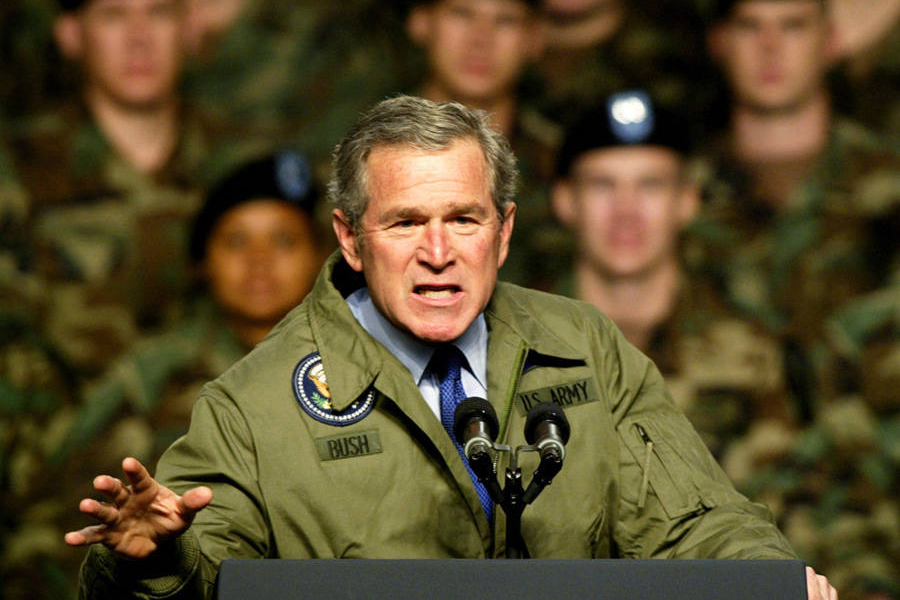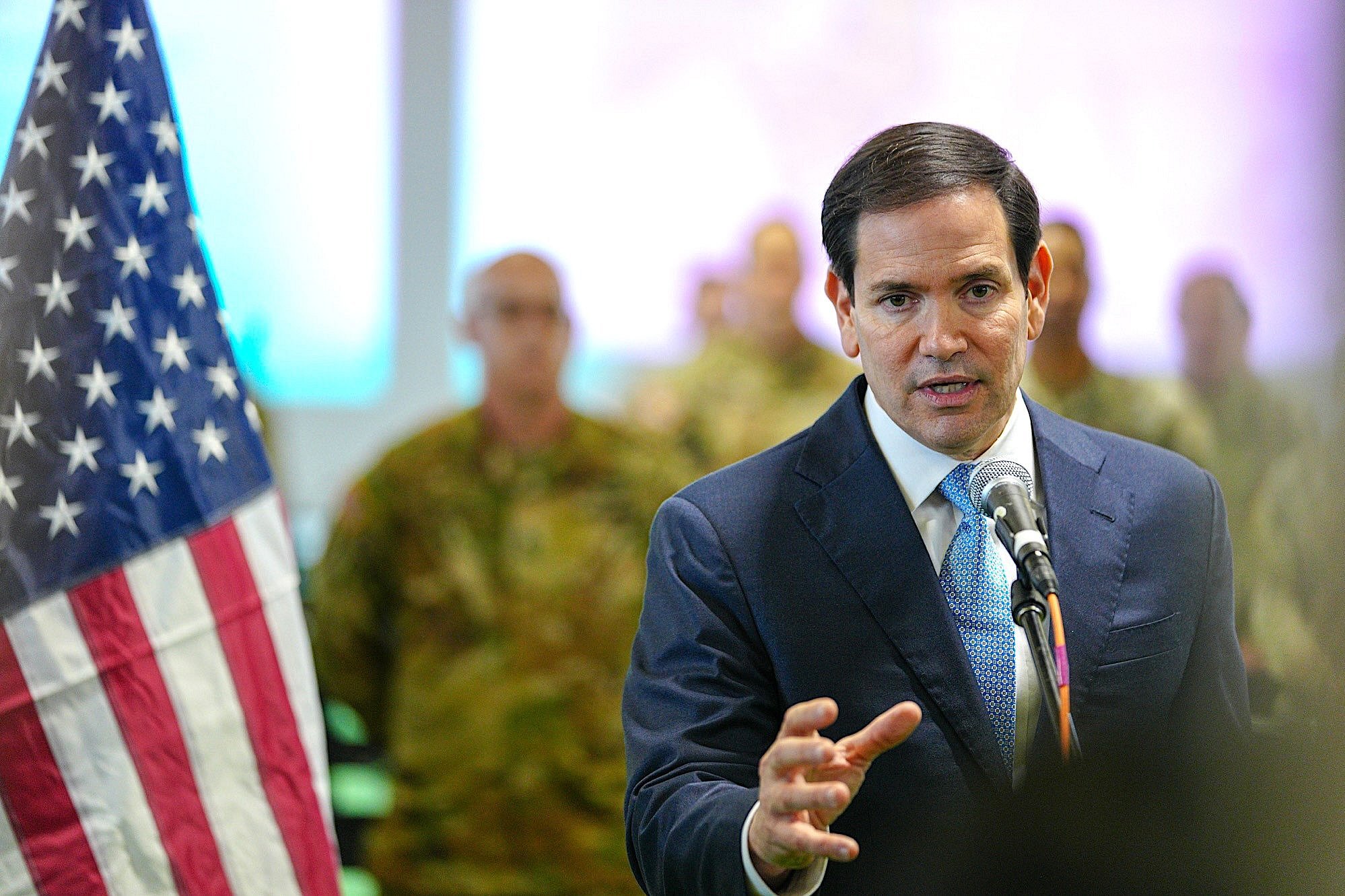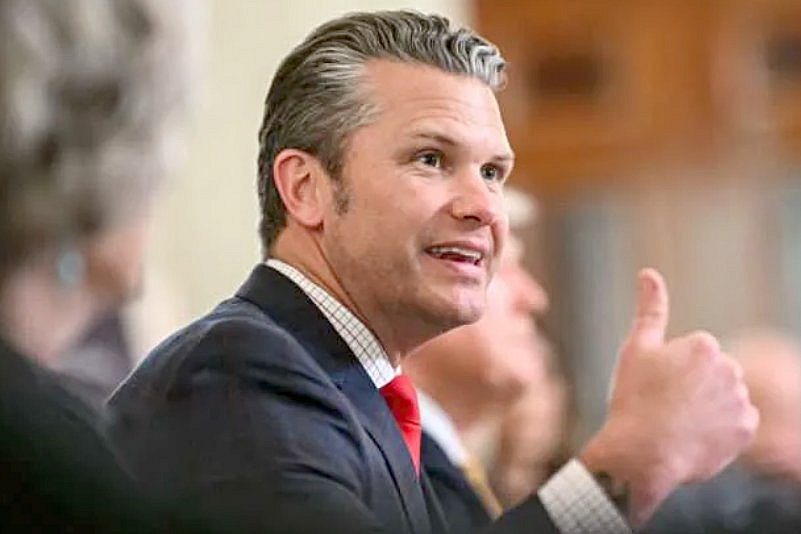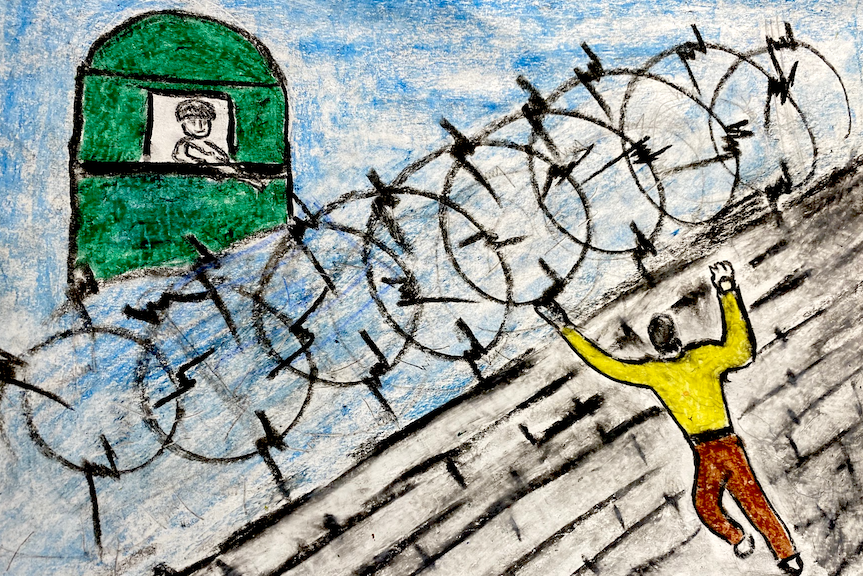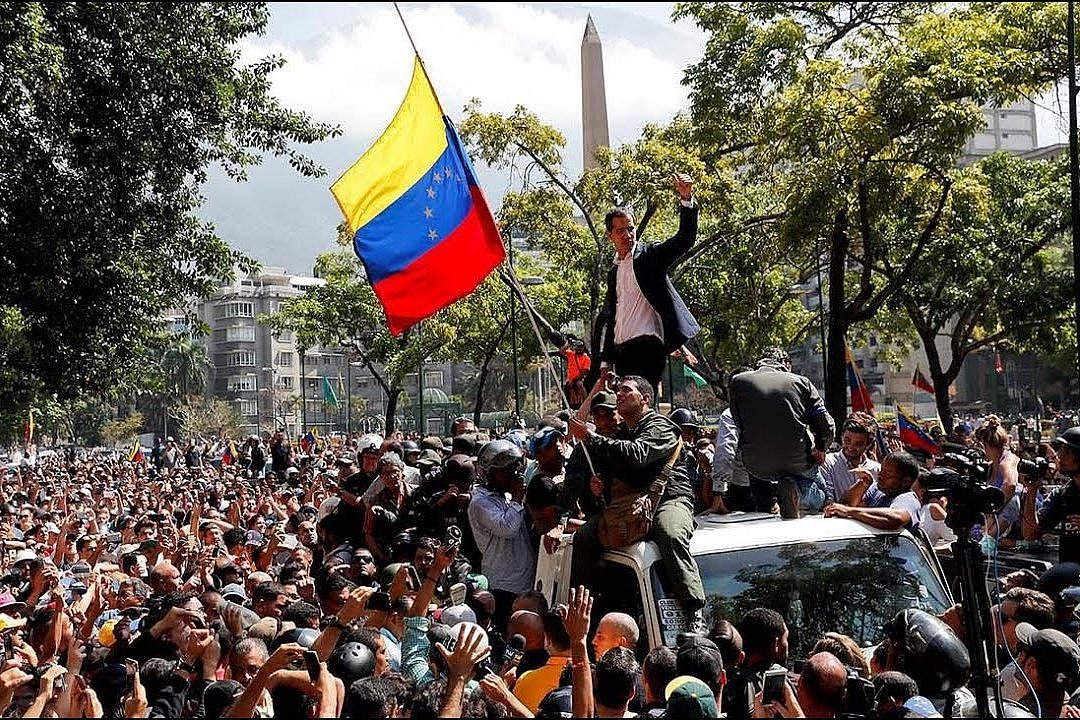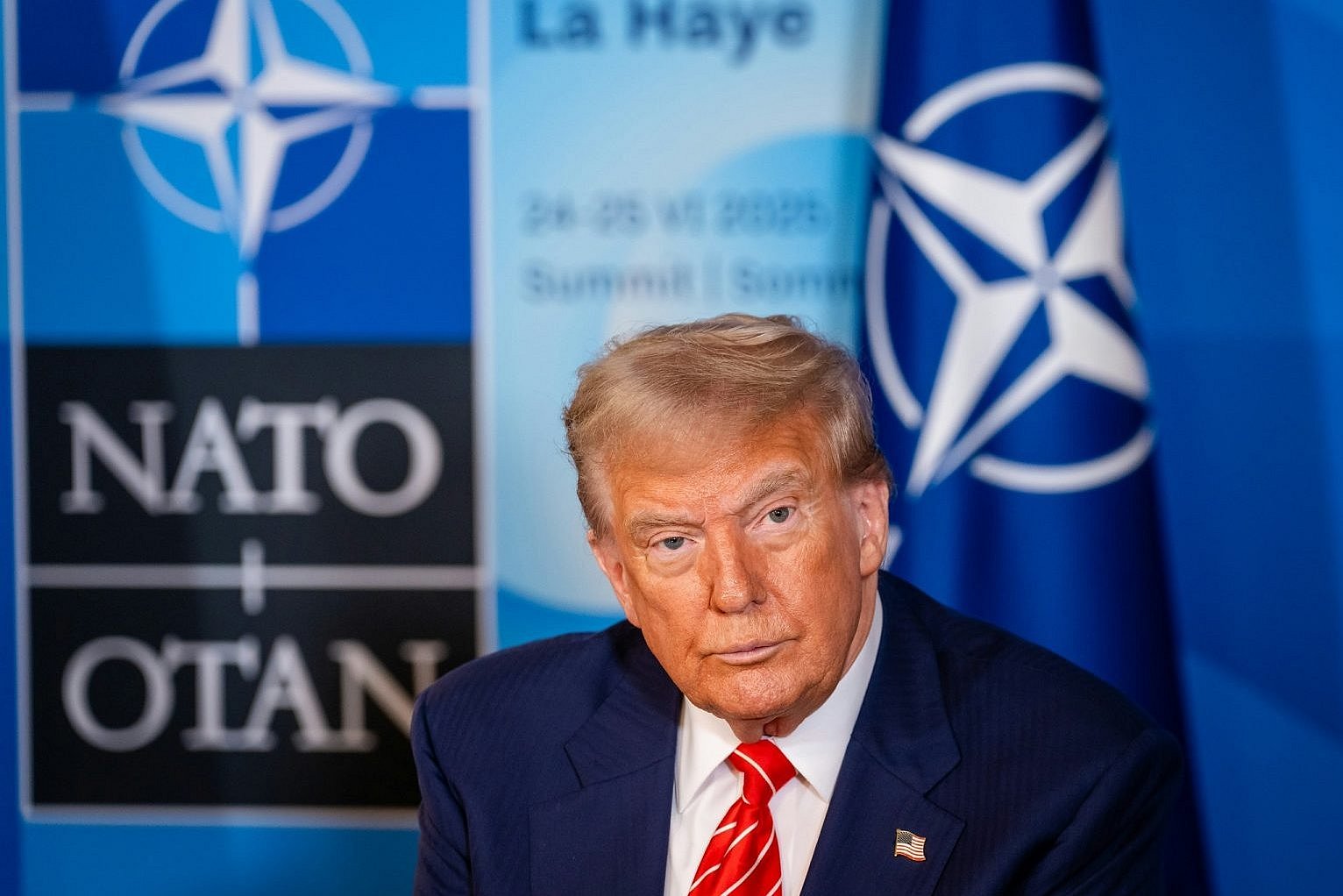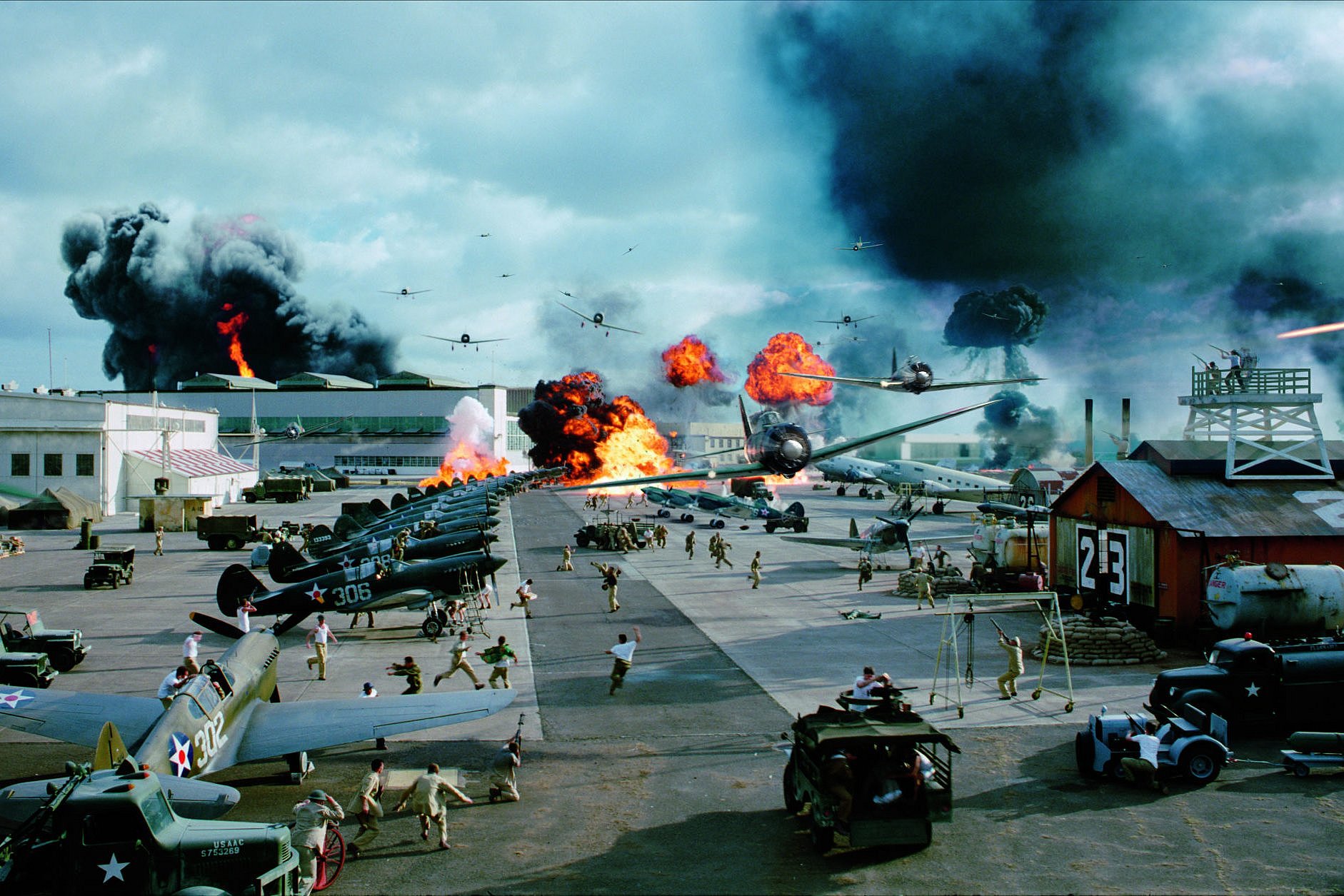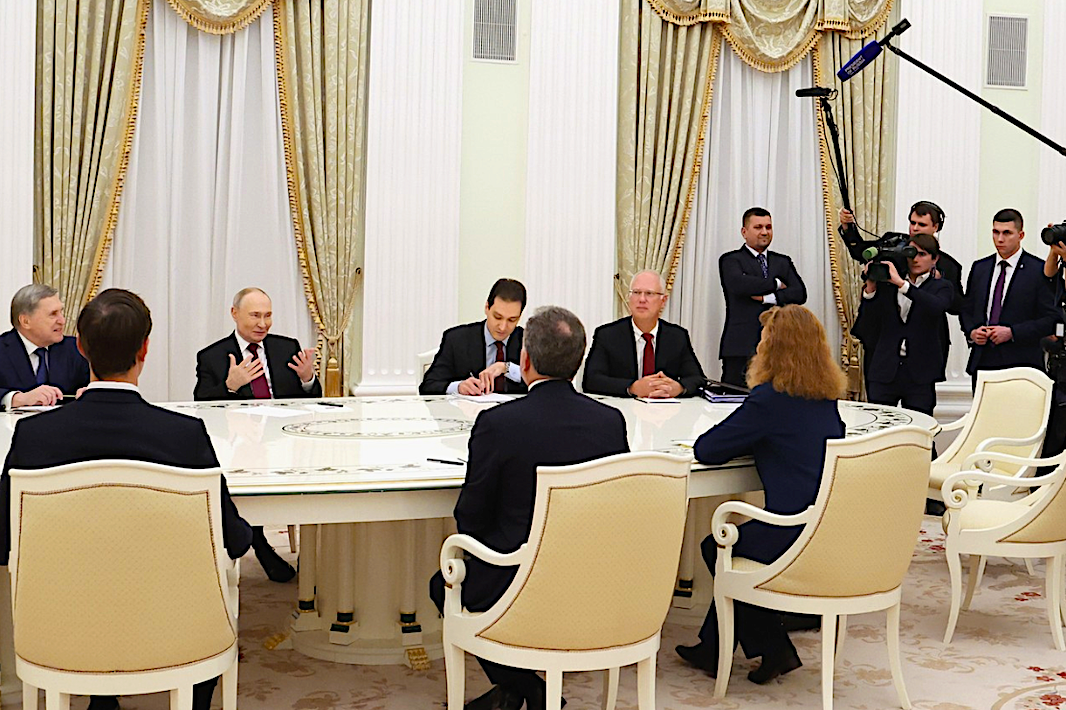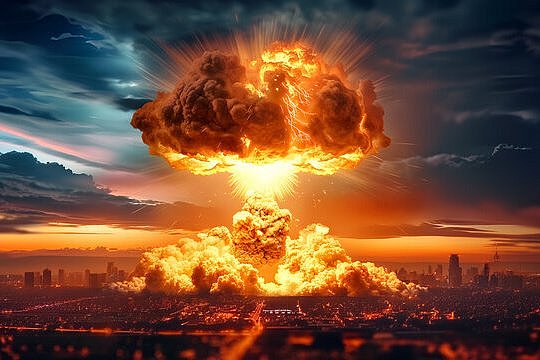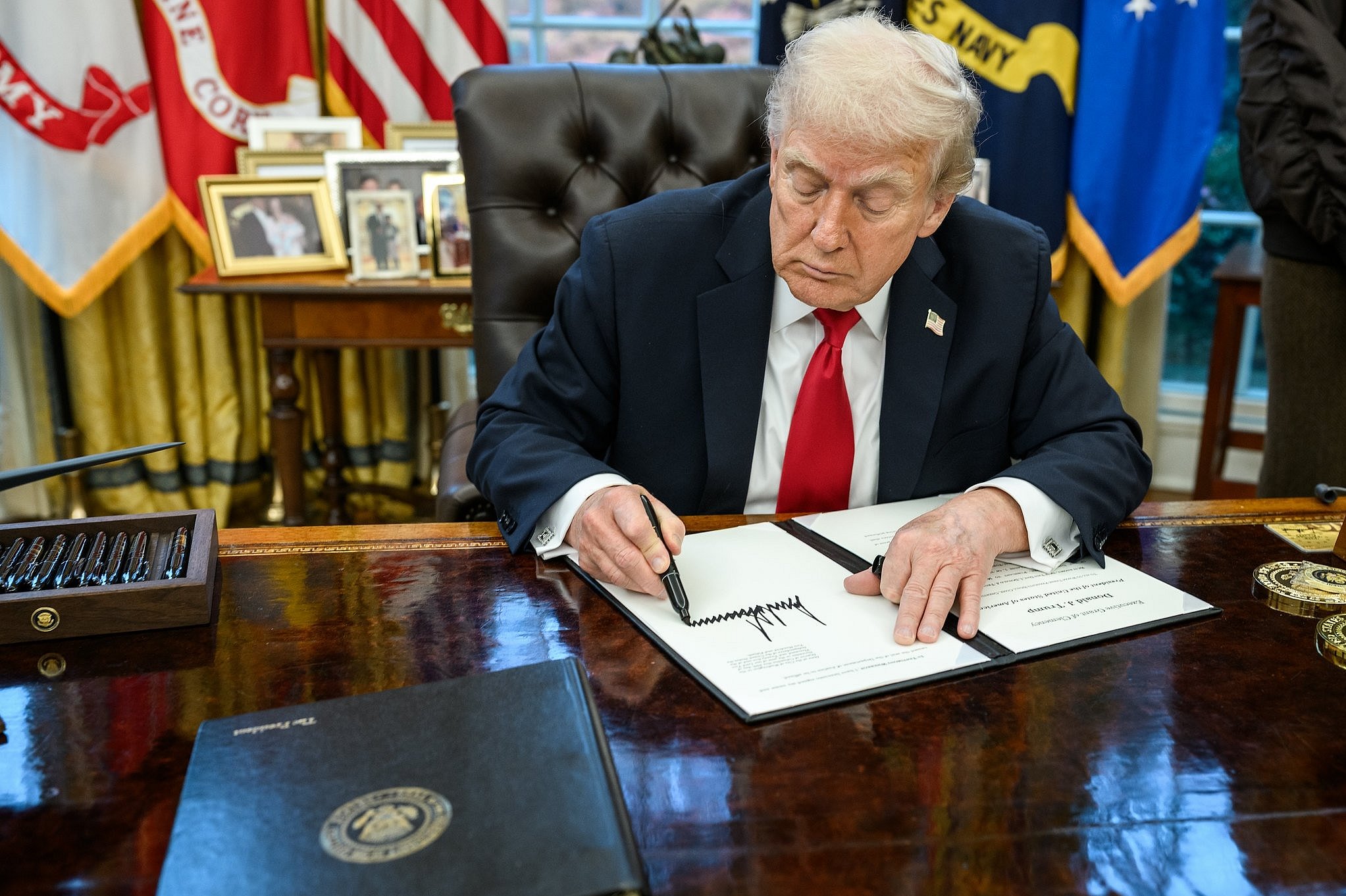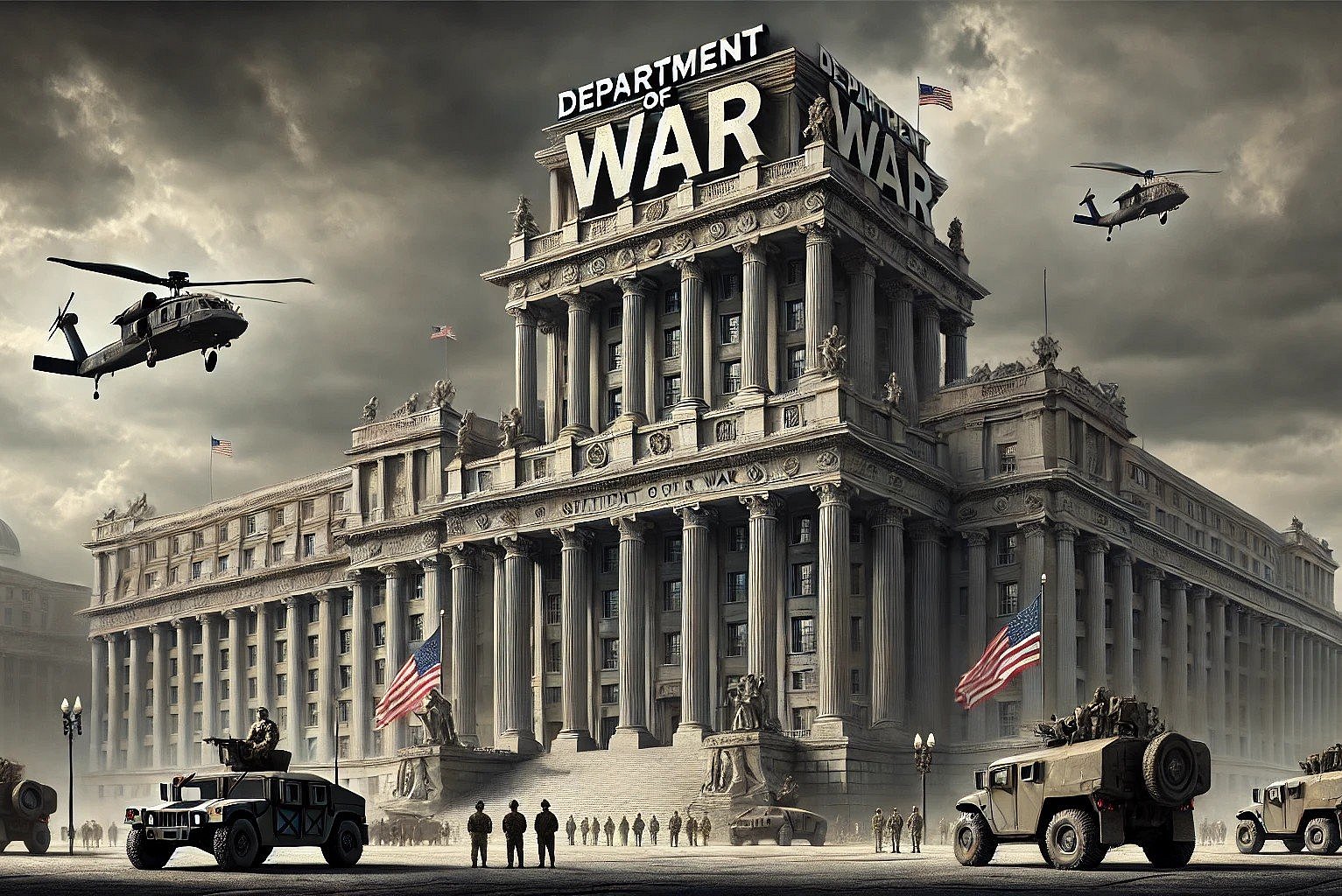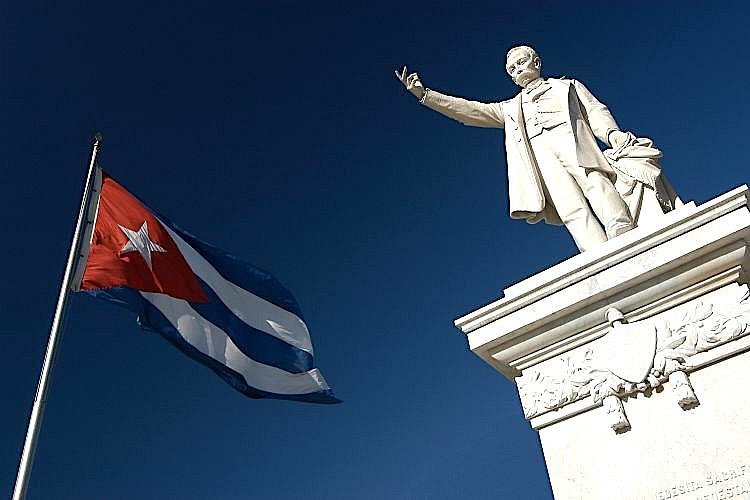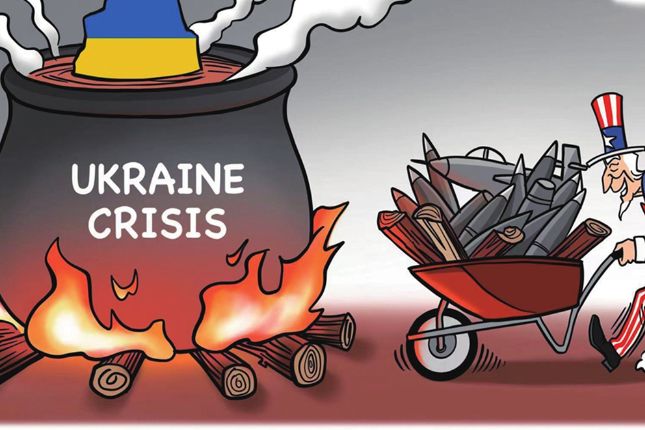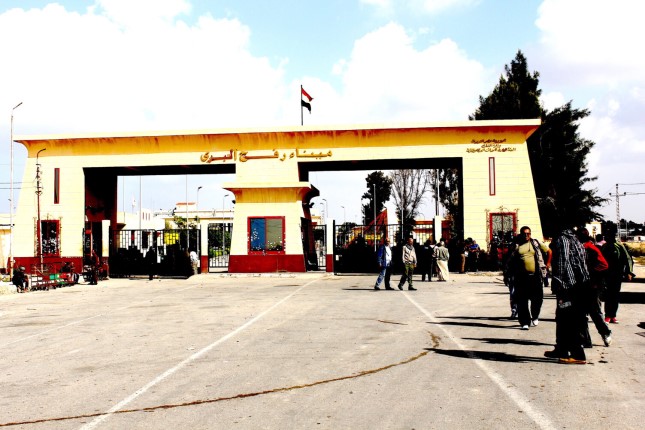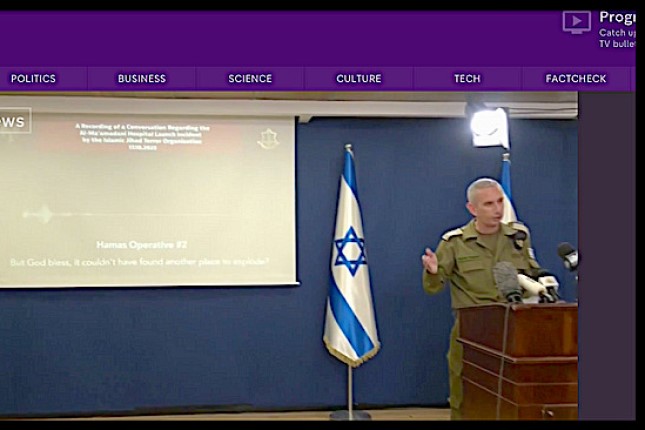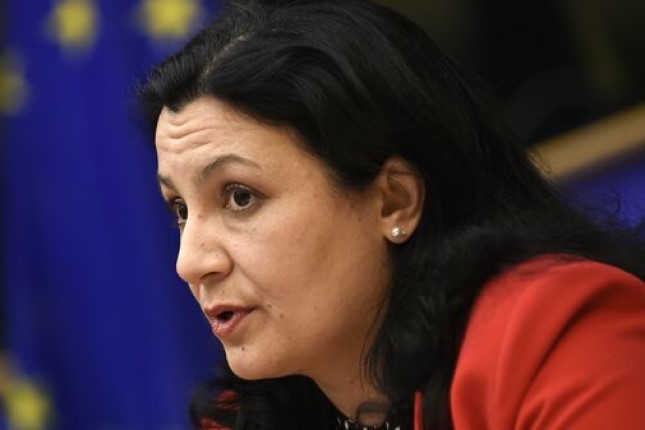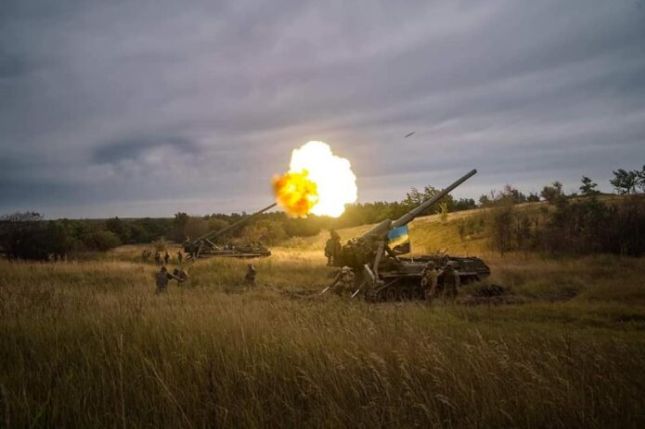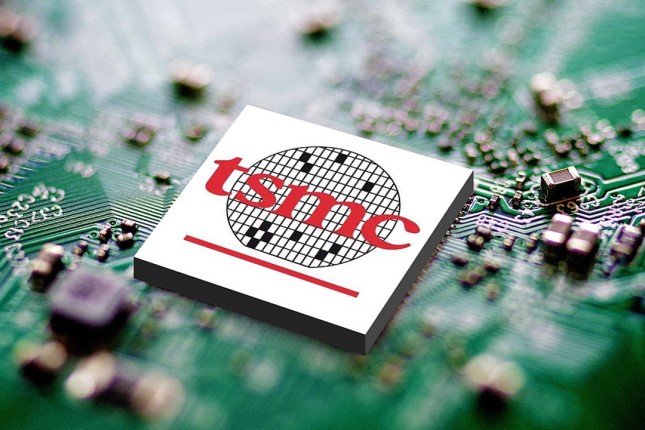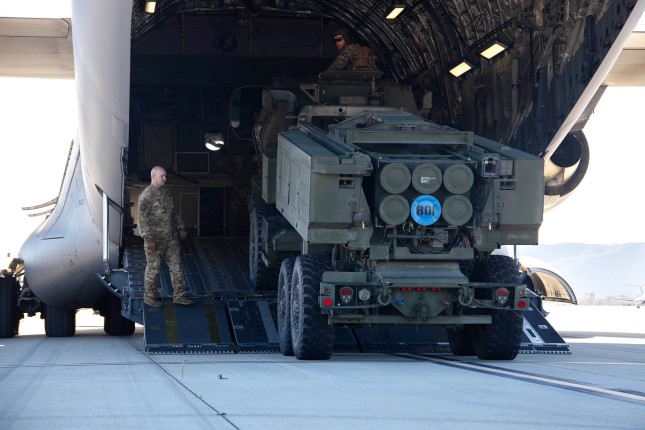With wars and conflicts raging around the world, the one he seemed least likely to resolve was the dangerous standoff with Iran over its civilian nuclear program. Yet, four months later, with all the wars that were raging when he made that promise still raging, the conflict that has the best chance of a quick resolution may be the conflict with Iran.
When Trump returned to the White House, he returned with a team of people who were notable for their hawkishness on Iran. Trump, himself, had lost the trust of the Iranians for having pulled unilaterally and illegally out of the JCPOA nuclear agreement. Iran’s supreme leader, Ayatollah Ali Khamenei, said “[t]his same US president tore up the signed JCPOA agreement. How could we hold negotiations with US when we know they don’t fulfill their commitments?”
But the trust and credit were harmed further by the team that Trump appointed. Trump’s Secretary of State, Marco Rubio, favored illegally pulling out of the JCPOA. He advocated the authorization of force without limits against Iran, including sending U.S. forces. In 2015, Rubio said that the U.S. “should never, ever take off the table the notion that it may be necessary to conduct some sort of nuclear – uh, military strike against their nuclear ambition.”
For National Security Advisor, Trump first selected Mike Waltz, who once told President Biden to “punch Iran in the nose.” Waltz supports threatening to attack Iran and has suggested that Israel should have bombed Iran’s oil export sites and its Natanz nuclear facilities. In November 2024, Waltz co-authored a piece for The Economist in which he argued that the Biden-Harris administration “should put a credible military option on the table to make clear to the Iranians that America would stop them building nuclear weapons.”
John Ratcliffe, Trump’s pick for Director of the CIA, has called for a harder line against Iran and has argued that the Biden administration had not been tough enough on Iran.
But despite this unpromising roster and despite Trump’s unpromising record on Iran, there are indications that Trump is committed to at least attempting a diplomatic solution with Iran. Trump has said that “we can make a deal without the attack.”
The most promising indicator is that negotiations between the U.S. and Iran have survived to pass through five rounds of talks. Both sides have said the talks have been constructive. Iran’s Foreign Minister, Abbas Araghchi, said the fifth round of talks “has strengthened the possibility of achieving progress.” The U.S. called the fifth round of talks “constructive” and said that, though “there is still work to be done,” “further progress” was made.
The biggest obstacle to a diplomatic solution is Washington’s mixed messaging on Iran’s right to enrich uranium for its peaceful civilian nuclear program. Trump has frequently, but not always, defined the goal of the negotiations as being limited to preventing Iran from getting a nuclear weapon. But his team has frequently not delivered the same message to Iran. Then National Security Advisor Mike Waltz said that the U.S. is demanding “full dismantlement,” and Trump’s special envoy Steve Witkoff said that “a Trump deal” means “Iran must stop and eliminate its nuclear enrichment and weaponization program.” Rubio said that Iran can have a civilian nuclear program, but by importing uranium enriched up to 3.67 percent, and no longer by enriching their own. On May 9, Witkoff said that “An enrichment program can never exist in the state of Iran ever again. That’s our red line. No enrichment.”
But that red line obliterates Iran’s red line. An insistence on Iran’s giving up its legal right to enrich uranium for peaceful purposes would put a quick stop to the talks. Iran’s President Masoud Pezeshkian insists that “Iran has never sought, is not seeking, and will never seek nuclear weapons” but that “Iran will not give up its peaceful nuclear rights.” Iran is adamant that “Enrichment is an integral part of our peaceful nuclear program, which stems from our inalienable right under the NPT and is also enshrined in UNSC Resolution 2231.”
Iran’s Supreme Leader, Ayatollah Ali Khamenei, has placed a firm limit that Iran will not negotiate “the full dismantling of Iran’s nuclear infrastructure.” Former Chief of Iran’s National Security Foreign Relations Committee and spokesperson for Iran’s nuclear team Seyed Hossein Mousavian says that Ayatollah Khamenei told then top Iranian nuclear negotiator (and future President) Hassan Rouhani that “if Iran is to abandon its right to enrich, it will either have to happen after my death, or I will have to resign from leadership.” Iran’s red line is a bold red line. Attempting to erase it would mean the death of diplomacy and the real risk of war with Iran. As Araghchi formulates it, “Figuring out the path to a deal is not rocket science: Zero nuclear weapons = we DO have a deal. Zero enrichment = we do NOT have a deal. Time to decide….”
But there are indications that the U.S. seeks to avoid war with Iran and, at least, attempt a diplomatic solution. When Waltz continued to argue that “the time was ripe to strike Iran,” Trump fired him because Waltz “wanted to take U.S. policy in a direction Trump wasn’t comfortable with because the U.S. hadn’t attempted a diplomatic solution.”
Then, fearful that Israel could take independent military action that would jeopardize negotiations, Trump told Israeli Prime Minister Benjamin Netanyahu that he “doesn’t want anything to impede” his attempts at a diplomatic solution. While saying that the military option is still on the table, Trump said that he first wants to test the diplomatic path. According to White House Press Secretary Karoline Leavitt, Trump “made it very clear” that he prefers a deal with Iran over a war with Iran.
There are also indications that, in attempting the diplomatic solution, the U.S. may be willing to negotiate the two sides’ red lines.
Iran’s Foreign Minister, Abbas Araghchi, says that, in the most recent round of talks, “the positions and principles of the Islamic Republic of Iran… were once again presented with complete transparency.” He then said that “the proposals made by [mediators from] Oman to remove obstacles, has strengthened the possibility of achieving progress.” This may be the most optimistic statement yet that there are proposals being discussed to resolve the standoff over Iran’s right to civilian enrichment. Araghchi said that the talks “are now on a reasonable path.”
On May 25, Trump said that the talks were “very good” and that “real and serious progress” had been made. “Let’s see what happens,” he added, “but I think we can have some good news on the Iran front.” Trump then said that he “would love to see no bombs dropped…. And I think there’s a good chance that it could happen.”
There is still a long way to go. Director-General of the International Atomic Energy Agency Rafael Grossi says, “For the moment, the jury is still out. We don’t know whether there’s going to be an agreement or not.” But he then says, that he thinks the ongoing talks are “an indication of a willingness to come to an agreement. And I think that, in and by itself, is something possible.”
It is too early to know if the negotiations will succeed. But the willingness to continue talking and the apparent willingness to attempt “to remove obstacles” provides some hope that a diplomatic resolution to the long nuclear standoff with Iran is possible.
Source: AntiWar.com.
